Yesterday I wrote that I tried to get the same result from RAW files as from the JPEGs from the camera. Andreas quite rightly questioned this: "You're competing with a mindless algorithm. I see no reason why it should be right."
What I really meant was consistency - that when I take a photograph I can know in advance how it will turn out. And I don't mean know in the rational sense, I mean deep down gut feeling, seeing how the photograph will turn out.
And thus I don't like a workflow that relies on creativity at post-processing stage. I want the result to be as predictable as possible. My theory is that only this way it is possible to learn an instinctive approach to photography, aiming and shooting without thinking at all.
So, I will take an mindless algorithm any day if it generates good enough quality with reasonable predictability.
Yesterday I wrote about the book The Practice of Contemplative Photography: Seeing the World with Fresh Eyes by Andy Karr and Michael Wood (Shambhala, 2011). The authors are also of similar opinion: to learn this style of photography, one must make things as simple as possible. So, don't rely on post-processing, and don't fiddle with the camera when you are taking a photograph. Don't think. It is only before and after taking a photograph when one should think.
I mentioned yesterday that my approach is a bit different that what Karr and Wood suggest. Instead of relying on those moments when the mind enters the moment of now - when perception takes over - I rely on a much simpler thing: repetition. And I really mean repetition.
However, sometimes repetition gets a bit excessive, even for me. Yesterday I took 499 photographs. Today: 365. I think reading the book may have contributed to this excession.
Repetition and simplicity, those are the basics of my approach. It may be a strange way of taking photographs, but it is mine, and I have grown into it.
You should't emulate it. Everyone has their own steps to follow.
But lets return to ground from this abstract conceptualization, to discuss the gritty details.
Today I switched away from RAW+JPEG and generated JPEGs only while shooting at ISO 500. I was at the limit of handheld shooting: the photograph titled Wet was taken at f/2.0, ISO 500, 0.8 s. It it remarkable what you can do with the LX5.
I have grown to appreciate the LX5, and the firmware version 2.0.
The two best things - compared to the LX3 - are 1) fast focusing in darker conditions and 2) reasonably consistent white balance.
With the LX3 I switched over to manual focusing, usually hyperfocal, when it got darker. But with the LX5 I haven't needed manual focusing at all. When it starts getting dark the camera is a little bit slower than in daytime, but not much worse. This is really a blessing.
In addition the LX5 seems to be more consistent than the LX3 when there are various artificial light sources in addition to natural light. With the LX3 you never knew what it would do next. But the LX5 seems more robust in this sense. I don't always like what I'm getting, but at least there are less occasions to be surprised by the results.
what you bake it
13 hours ago
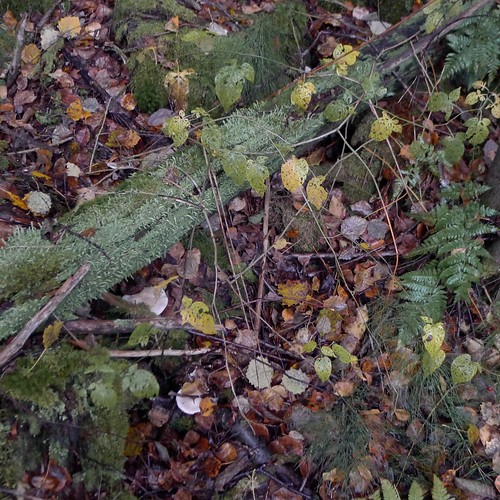
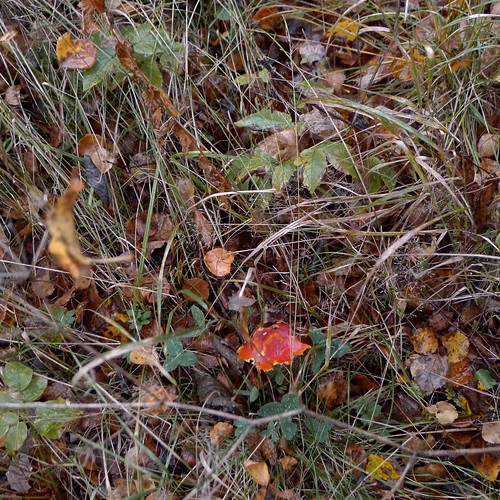
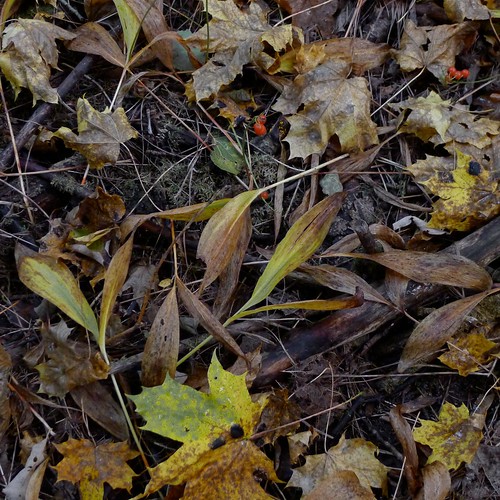
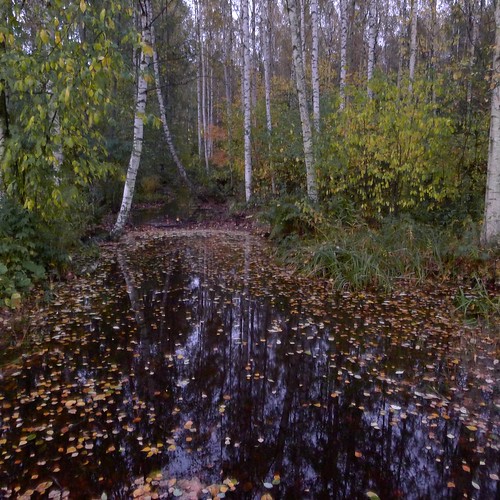
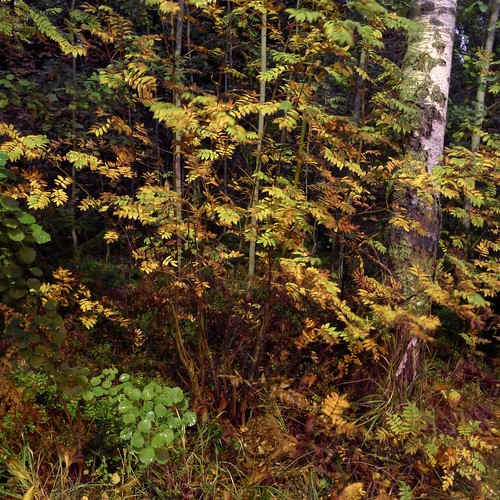
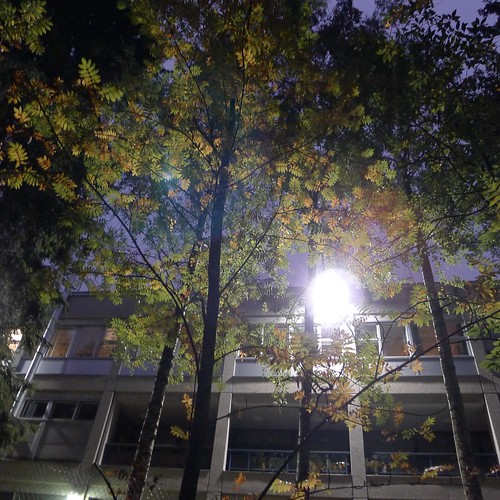
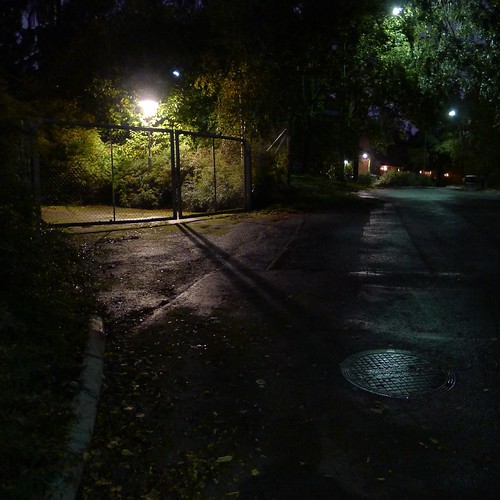
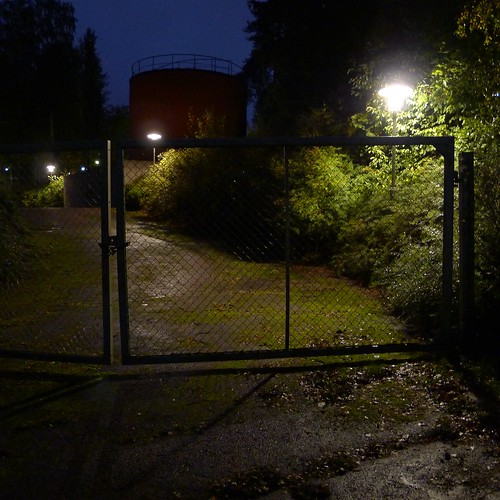



4 comments:
I like your approach to photography. But two questions:
1) repetition and predicatability of results are not in contraddiction?
2) how many times do you spend on your pc to analyze (or simply visualize) your shoots?
I am asking you that because in my approach to photohgraphy I find myself sometimes too much "thinking" (and not being satisfied by the results) and lacking time to review the shoots.
Regards (sorry for my bad english)
Francesco
@Francesco: Thanks for the good questions.
I tried to answer 1) in a new posting.
As for 2), I try to minimize the time spent at the computer. So, I let Aperture digest the photographs from the memory card, and then I go fast though them all, deleting 90-95% of them at once. And then I may make another deletion round just in case. The remaining I upload to Flickr, and make a posting of a selection.
@Juha
thanks for the answer. I think one of the rule of digital photography, near "keep shooting" is "keep deleting"
@Francesco: "Keep deleting", that is a good rule to remember!
Post a Comment